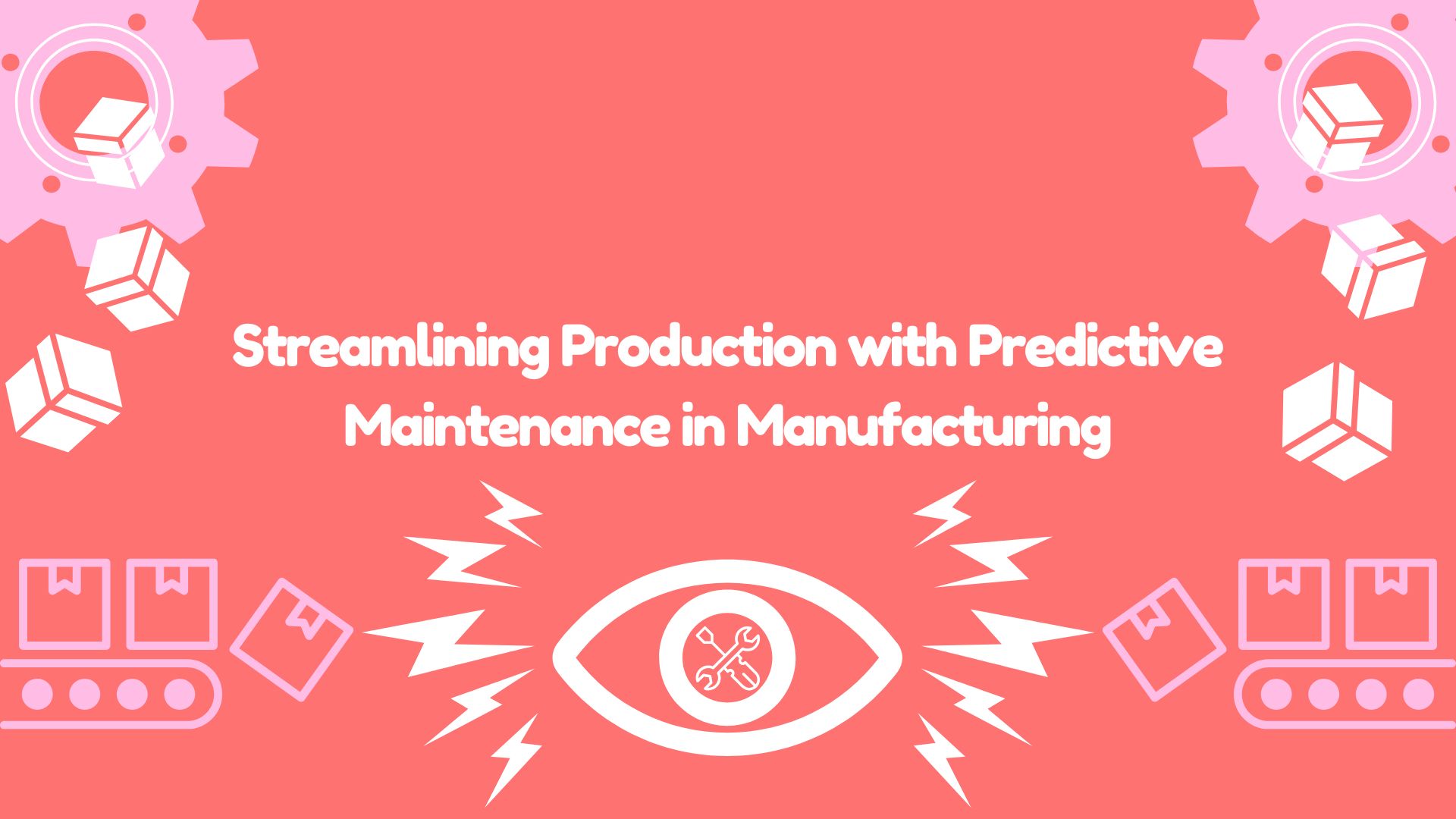Predictive maintenance is revolutionizing the manufacturing industry by enabling companies to anticipate equipment failures and perform timely maintenance. This approach reduces downtime, extends machinery lifespan, and enhances overall efficiency.
Benefits of Predictive Maintenance
- Reduced Downtime: By predicting when equipment is likely to fail, manufacturers can schedule maintenance during non-peak times, minimizing disruptions.
- Cost Savings: Preventative maintenance is generally less expensive than emergency repairs and helps avoid the costs associated with unplanned downtime.
- Extended Equipment Lifespan: Regular maintenance based on equipment condition can significantly extend the life of machinery.
- Increased Safety: Predictive maintenance helps identify potential safety issues before they result in accidents or injuries.
- Improved Efficiency: Well-maintained equipment operates more efficiently, reducing energy consumption and production costs.
Applications of Predictive Maintenance
- Vibration Analysis: Monitoring vibrations in machinery to detect abnormalities that indicate wear or potential failure.
- Thermal Imaging: Using infrared cameras to identify overheating components, which may signal impending failure.
- Oil Analysis: Analyzing lubrication oil for signs of contamination or degradation that could harm equipment.
- Ultrasound: Detecting leaks and other issues in pneumatic and hydraulic systems.
- Machine Learning: Utilizing algorithms to analyze data from various sensors and predict maintenance needs based on historical patterns.
Case Studies
- Siemens: Siemens uses predictive maintenance to monitor its wind turbines, reducing downtime and maintenance costs while increasing energy production.
- GE Aviation: GE employs predictive maintenance on its aircraft engines, enhancing reliability and safety while reducing operational costs.
- Ford: Ford applies predictive maintenance in its manufacturing plants to ensure continuous production and minimize unexpected equipment failures.









